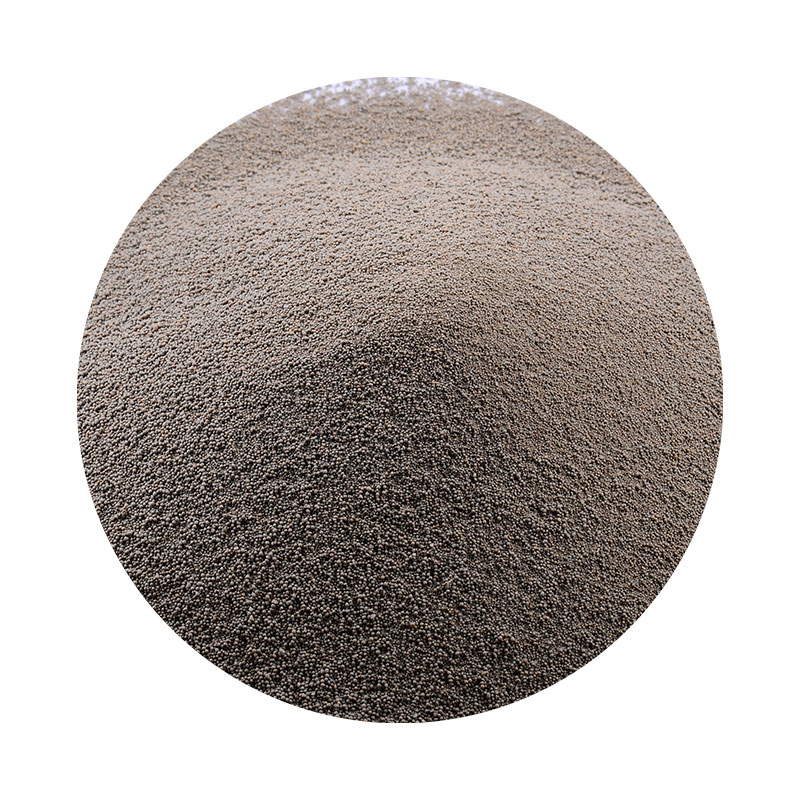- Introduction to foundry sand characteristics
- Critical properties determining reuse potential
- Technical advantages of modern reclamation processes
- Leading technology providers comparison
- Customized system integration approaches
- Demonstrated industry application results
- Sustainable impact and implementation framework

(foundry sand reuse)
Fundamentals of Foundry Sand Reclamation
Foundries globally generate approximately 100 million tons of spent sand annually, with historically under 30% being effectively reused. The core challenge lies in restoring granular material to specifications matching virgin equivalents. Reclamation viability depends on initial binder composition and contamination levels. Chemical binders – phenolic urethanes, alkyds, and sodium silicates – each present unique reconditioning hurdles requiring specific processing protocols.
Determinative Material Characteristics
Five properties dictate reuse suitability:
- LOI (Loss on Ignition): Must remain below 1.5% to prevent gas defects
- AFS fineness number: Target range 45-70 ensures proper permeability
- Compressive strength: Minimum 150 psi for molding applications
- pH neutrality: Critical for minimizing leachate toxicity
- Clay content: <0.5% prevents thermal expansion issues
Advanced foundries now conduct quarterly XRD analysis to monitor crystalline silica transitions that impact durability through multiple reuse cycles.
Advanced Processing Technologies
Modern reclamation systems achieve 94-98% material recovery versus 65-75% with traditional methods. Key developments include:
Thermal Reclaimers operating at 650-850°C decompose organic binders while maintaining sand integrity through controlled atmosphere protocols. Mechanical attrition units utilize counter-rotating blades generating 6-8 g-forces to separate coatings from grains. The emerging cryogenic separation technique flash-freezes binder layers allowing selective fragmentation at -160°C. These systems typically yield 30-40% energy savings compared to virgin sand production.
Reclamation Technology Provider Comparison
| Equipment Manufacturer | Technology Type | Reuse Cycle Capacity | Processing Cost/Ton (USD) | Residual Binder Level |
|---|---|---|---|---|
| Delta Thermal Systems | Rotary Thermal Reclaimer | 8-12 cycles | $23-$28 | <0.3% |
| Palmer Manufacturing | Mechanical Attrition | 5-7 cycles | $15-$18 | 0.8-1.2% |
| SOLIMAC | Hybrid Thermal-Mechanical | 10-15 cycles | $30-$33 | <0.15% |
| Envirates | Cryogenic Processing | 12-18 cycles | $35-$40 | <0.08% |
Processing costs based on 15-ton/hour systems with energy consumption factored
Application-Specific Configuration Options
System architecture varies significantly based on production parameters:
- High-volume ferrous foundries: Integrate primary rotary kilns with secondary fluidized beds to handle 30+ TPH
- Non-ferrous specialists: Implement modular vibratory attrition units requiring 40% less floor space
- Jobbing foundries: Utilize containerized microwave de-binding systems for rapid changeovers
The optimum solution for a ductile iron operation processing 600 tons/week typically requires $1.2-1.8 million capital investment, achieving ROI within 28 months through virgin sand replacement savings.
Documented Implementation Results
A Tier 1 automotive supplier achieved 89% landfill diversion through integrated reclamation:
- Reduced binder consumption by 42% using reactivated sand cores
- Decreased casting scrap rates from 6.2% to 3.1% through consistent sand properties
- Lowered particulate emissions by 27 metric tons annually
Similarly, an aluminum foundry eliminated chemical leaching concerns by implementing multi-stage thermal processing, reducing leachable metals concentrations below 3ppm.
Sustainable Manufacturing Transition Model
Practical implementation requires phased commitment:
Stage 1: Baseline analysis including sand characterization audits and binder consumption mapping.
Stage 2: Pilot-scale testing to determine optimal process parameters.
Stage 3: Installation of scaled equipment with real-time PLC monitoring.
Stage 4: Closed-loop integration achieving constant particle size distribution control.
Manufacturers consistently report 12-18 month operational optimization periods before achieving 85-90% reuse rates. Industry analysis indicates this approach yields 39% reduction in overall casting production costs while eliminating environmental permit concerns related to byproduct classification.

(foundry sand reuse)
FAQS on foundry sand reuse
Q: What are the key benefits of foundry sand reuse in industrial applications?
A: Foundry sand reuse reduces landfill waste, lowers production costs, and conserves natural resources. Its repurposing in construction or manufacturing supports sustainable practices.
Q: How do the physical properties of foundry sand influence its reuse potential?
A: Particle size distribution, strength, and thermal stability determine suitability for reuse. Uniform grains and low clay content enhance performance in concrete or asphalt mixes.
Q: What steps ensure safe foundry sand reuse in environmental projects?
A: Testing for contaminants like heavy metals, processing to remove binders, and adherence to regulatory guidelines are critical. Proper treatment minimizes ecological risks during reuse.
Q: Can spent foundry sand retain its properties after multiple reuse cycles?
A: Yes, if properly processed, spent sand maintains key physical properties like permeability and density. Degradation depends on original quality and processing methods.
Q: Which industries commonly utilize reused foundry sand?
A: Construction (e.g., road bases, embankments), cement production, and landscaping are primary sectors. Its properties make it ideal for replacing virgin materials in these applications.
Next:Dry Sand Casting Services High-Precision & Durable Metal Parts
